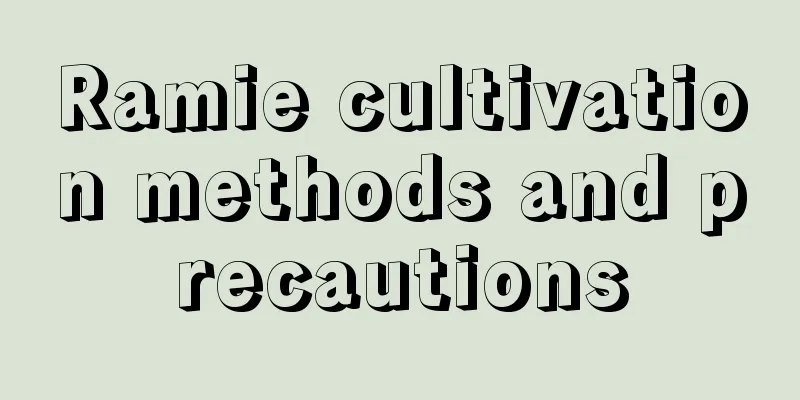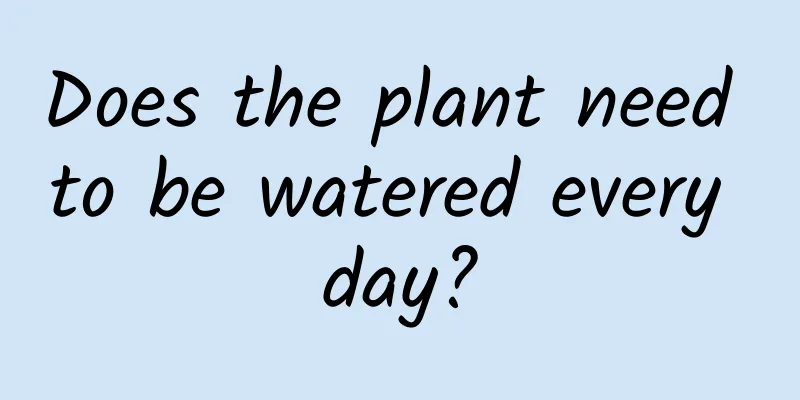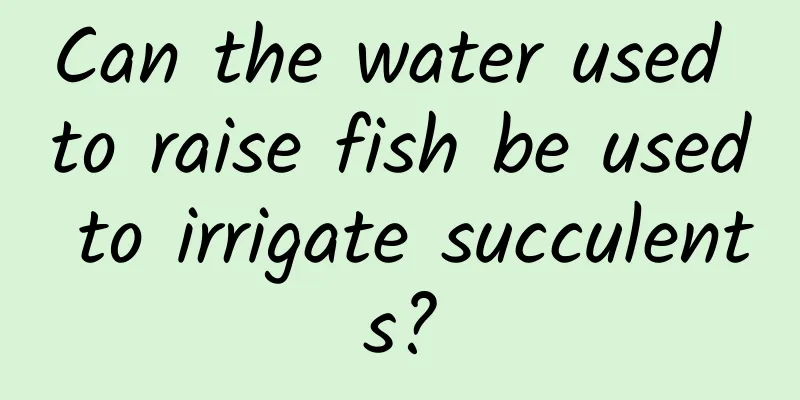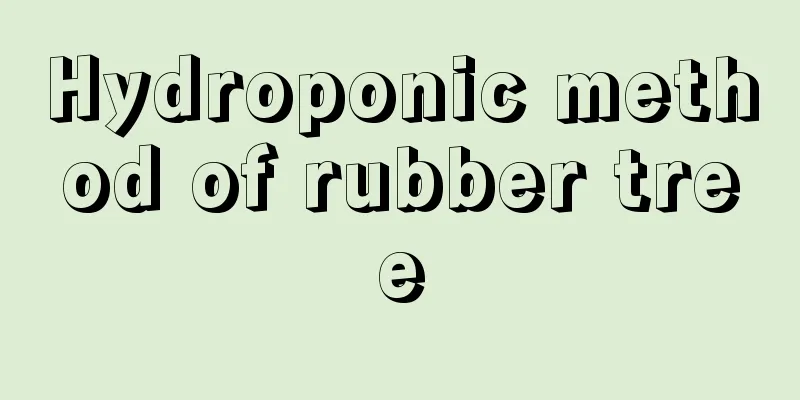Ramie cultivation methods and precautions

1. Maintenance methods1. Substrate selection: Ramie has low requirements for soil and can basically grow in any soil. But yields will be higher in deep, well-drained, fertile, neutral soils. When preparing the soil, you need to add more. You can mix bean dregs, leaf mold, garden soil, and an appropriate amount of small stones. This will increase the soil's air permeability while ensuring the basic nutrients it needs for growth. 2. Temperature management: The optimal temperature for ramie growth is between 16℃ and 30℃. Winter temperatures below 7°C will cause the roots to freeze, and they need to be covered with soil or straw to overwinter. High temperatures in summer will affect their flowering. 3. Water management: Ramie requires a lot of water to grow and is suitable for growing in soil with a moisture content of 21% to 25%. The maximum soil moisture content cannot exceed 84%, otherwise it will affect the root respiration of ramie. 4. Nutrient management: More nutrients are needed during the growth period. 24 kg of nitrogen fertilizer, 12 kg of phosphorus pentoxide, and 16 kg of oxygen can be combined and applied per mu. Before wintering, you can mix human and animal feces with leaf mold and other organic fertilizers and bury them deep around the ramie. 2. Breeding techniques1. Cutting: Summer is suitable for cutting. Before cutting, the soil needs to be disinfected with potassium permanganate liquid. Pick the cuttings you need before the sun rises fully, and cut off the large leaves after collecting the cuttings. After placing it in a cool and ventilated place for about four hours, plant the cuttings in soil about 3 cm deep. 2. Wintering: The temperature in winter needs to be kept at around 10℃. You can use the soil covering method to keep warm, covering the soil about 8 cm deep to prevent frost damage. 3. Problem diagnosis and treatment1. Root rot: Excessive watering or excessive water accumulation in the garden will cause the soil to become less breathable, which will inhibit the respiration of the roots and lead to root rot. It can be treated with Bordeaux mixture. 2. Longicorn beetles: When the number is small, you can adopt the method of manual killing. The adult beetles can be killed after being shaken off the branches, and the larvae can be killed with a sharp weapon or collected and burned. When the amount is large, you can use chemical treatment, mix DDT with water and spray it evenly on the plant surface, and increase the number of spraying appropriately. IV. Other issues1. Can it be hydroponically grown: It cannot be hydroponically grown. Ramie has very high requirements for soil permeability. Generally speaking, excessive watering or water accumulation in the field will cause the roots of ramie to rot. If it is grown hydroponically, the respiration of the ramie roots will be completely inhibited, and in severe cases, the plant will die. 2. Can it be planted in the ground: Yes. Ramie is suitable for growing in deep and fertile soil. The amount of potted soil is small and the fertility is unstable, so it is suitable to be planted in the ground. |
<<: Cultivation methods and precautions of bamboo begonia
>>: Cultivation methods and precautions of purple-backed vegetable
Recommend
What flowers are suitable for growing in Yongzhou? What are the city flowers and trees?
1. Climate characteristics of Yongzhou Yongzhou h...
How to raise a single orchid seedling and how to make it germinate early
1. Cultivation method of orchid single seedling 1...
Dahlia flower picture appreciation
Dahlia blooms Chrysanthemums bloom proudly in the...
The advantages and disadvantages of pink snow mountain roses The advantages and disadvantages of pink snow mountain series roses
Pink Snow Mountain Rose belongs to the Rosaceae f...
Is cutting too troublesome? Do this and it will take root without any trouble
High altitude layering 1. Use a knife to make two...
What is the best month to plant onions in the south?
When to plant onions in the south It is generally...
Which zodiac sign is the golden branch and jade leaf
1. Zodiac sign The golden branches and jade leave...
Mint and mugwort, repelling insects and benefiting the body and mind
Vanilla scent repels mosquitoes but attracts butt...
When does iris bloom?
Flowering period The flowering period of morning ...
Do you want to make your living room full of elegance?
Key points for arranging flowers in the living ro...
When does freesia bloom?
When does it bloom? Freesia is a common indoor or...
How to reproduce Dendrobium densiflorum
environment The site selection must be decided in...
Common Pests of Angelica dahurica and Their Control Methods
Common pests of angelica The most common pests of...
The efficacy and function of Basella alba
Nutritional Value Basella alba is rich in protein...
How to propagate Tiger Eye Dieffenbachia
Bulb division propagation of Ornithogalum Tiger e...









